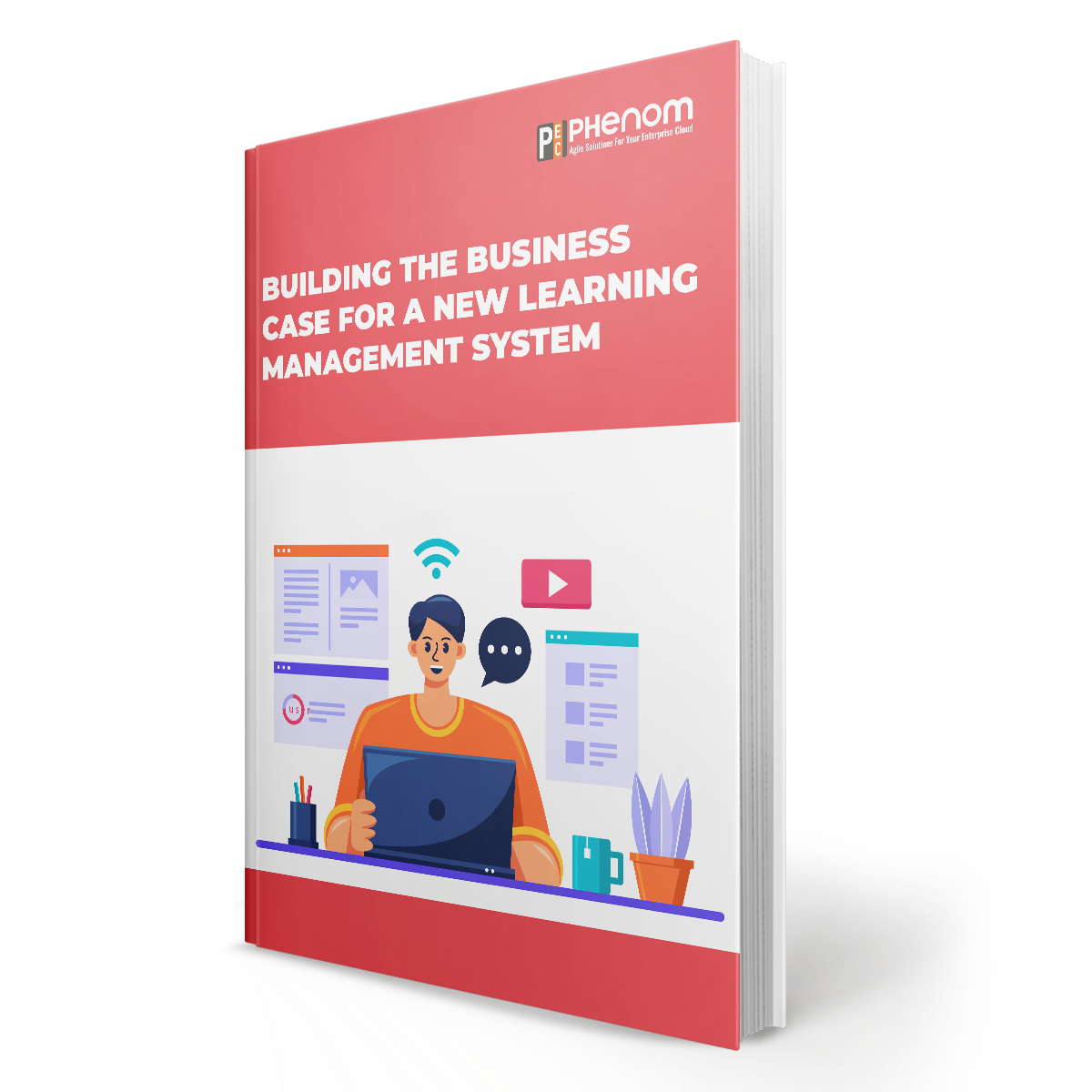
In our previous article on learning measurement, we discussed the need for you to have the right technology to support your needs. You LMS must be able to capture all the data points you need and present them in a way that meets the needs of your users. If your budget does not accommodate all your needs, a careful assessment will help you prioritize what you can do. Begin with evaluating the needs of your people.
Assess User Needs
Each role in your organization has unique needs, and to satisfy them you need to present information in a way meaningful to them. We can make certain assumptions, but we recommend you ask them what information they require and how they use it.
However, your information-gathering should go beyond what your users tell you. They may have needs they haven’t thought about or can’t articulate. Keep digging until you are satisfied you have exhausted the possibilities.
Assess Current Capability
Evaluating your ability includes both the technology and your capacity to use it. Before you consider spending on technology, determine if your skill mix is holding you back. If it is, you may be better off upskilling with training or hiring. You might also want to consider hiring a consulting partner while you grow your capability.
If your challenge is that your LMS is not capable of capturing and reporting the information you need, consider whether an upgrade might serve you better than a replacement. If you are using outdated SCORM technology, it may be time to move up to Experience API or cmi5 if your LMS is compatible. SCORM has been with us since 1999 and has served us well, but it cannot keep up with today’s delivery modes. It does not have the means to capture events outside the LMS, like one-on-one coaching. OIt is widely used and provided with most LMS platforms and authoring tools. It is easy to find help when you need it.
Experience API, or xAPI, is much more flexible, but it lacks packaging and structuring tools that SCORM has. You can use it to record any event, including using your calendar and mail systems to record coaching sessions.
Cmi5 is a new standard developed in the aviation industry and now managed by Advanced Distributed Learning. It is a bridge between xAPI and SCORM because it has the flexibility of xAPI, packaging and structuring tools that xAPI lacks.
Assess the Features You Need
Your needs will be unique, but we can suggest common features you might want to use as a baseline:
Customizable Reports. Your reporting solution should be customizable and flexible enough to provide any data point you need, now and in the future. There are many low-cost vendors whose reporting capabilities are limited to canned reports or limited customization.
A User Interface for Non-Technical Users. Your staff should produce custom reports without programming. Features like calculated fields should be well-supported on-screen and easy for an ordinary business user. You may need to handle scheduling or FTP file transfers, but these should be in an easily understandable user interface.
Customizable Interactive Charts and Graphs. Creating any chart or graph, including pivot tables, should be within the capability of a tech-savvy business user. The displays should be interactive and easy to manage without technical knowledge.
Customizable Dashboards. If your reporting tool meets all the above requirements, you will want to create a set of executive graphical reports you can display on a dashboard. We can tell you from our experience that each of your executives will want to configure a unique view of the business.
Integration Tools. Managers and executives will not want to see learning reports in isolation. They will want to see the data on the aspects of the business they manage. They will need to juxtapose learning with other factors like performance and cost trends. Managers will want to see skill gaps and performance metrics on the same display. Your reporting tools should send data to other systems without programming.
Explore Solutions
If your LMS meets your needs except for reporting, consider whether an analytics platform such as Cognos, Crystal Reports, or Tableau will meet your needs at a lower cost. Work with a trusted analytics partner to assess your needs.
If you decide you need a new LMS, thoroughly investigate the reporting capabilities of each candidate. We explored several popular online software selection services, but none of them listed reporting as a criterion for LMS selection. We think it should be the first consideration – a data system is only as good as your ability to retrieve information from it.
For help with building your business case, read our free e-book on Building the Business Case for a New Learning Management System. It will help you form the relationships you need to get your project approved.
One more bit of advice: don’t be lured into thinking, you need to make a substantial investment in predictive analytics. It requires significant commitment and is only useful if your business needs complex forecasting tools.
We hope this overview has helped you to form the right questions in our mind about your current capability and what you need to do about it. We encourage you to explore our blog for more articles on learning and analytics.
Getting approval for learning management initiatives can be a challenge, but there us way.
If you are an L&D leader who would rather facilitate a leadership course than crunch numbers, this e-book is for you.

PhenomᵉCloud is a comprehensive technology solutions provider committed to empowering businesses to overcome challenges, enhance their workforce capabilities, and achieve superior outcomes.


Leave a Comment